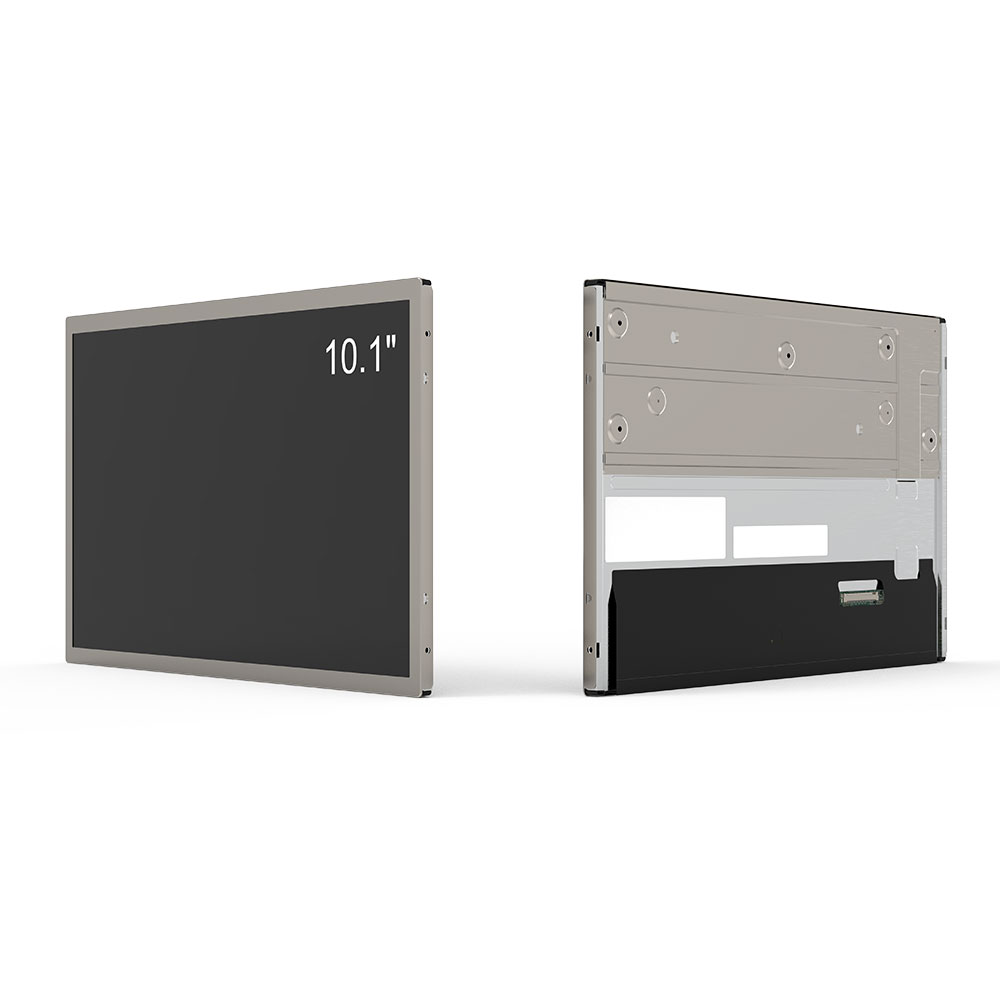
Privacy statement: Your privacy is very important to Us. Our company promises not to disclose your personal information to any external company without your explicit permission.
When selecting an outdoor LCD screen for commercial use—such as in retail stores, transportation hubs, or public spaces—it's essential to consider a range of technical and environmental factors that ensure performance, longevity, and return on investment. Unlike indoor displays, outdoor screens must endure extreme weather conditions, prolonged sun exposure, and varying lighting environments while maintaining high visibility and image quality.
First, brightness is critical. Outdoor screens typically require at least 5,000 nits of peak brightness to remain visible under direct sunlight. Industry standards from organizations like the Society of Motion Picture and Television Engineers (SMPTE) recommend 7,000–10,000 nits for high-visibility applications in sunny climates such as those found in Southern California or Dubai. High-brightness LED-backlit LCDs or OLED panels with advanced anti-glare coatings are commonly used to meet these demands.

Second, environmental resilience matters. Look for screens rated IP65 or higher for dust and water resistance. For colder regions, ensure the display has a wide operating temperature range—typically -20°C to +60°C—for reliable operation in winter conditions. Thermal management systems, including passive cooling and fan-assisted heat dissipation, prevent overheating in summer heat.
Third, durability and materials play a key role. Aluminum or stainless steel casings provide superior protection against vandalism, impact, and corrosion. In coastal areas, marine-grade aluminum with anti-saline coatings is recommended to combat saltwater damage.
Fourth, connectivity and remote management are crucial for scalability. Modern outdoor displays often support Wi-Fi, Ethernet, and cellular connectivity, enabling real-time content updates and diagnostics via cloud-based platforms such as BrightSign or Scala. This reduces maintenance costs and increases operational efficiency.
Finally, energy efficiency and sustainability are growing concerns. The latest outdoor LCDs comply with ENERGY STAR and EPEAT standards, offering low-power consumption modes without compromising brightness. Some models integrate solar power options or smart sensors that adjust brightness based on ambient light, reducing energy usage by up to 40%.
Based on over a decade of field deployments—from Times Square billboards to airport digital signage—industry experts agree that combining certified brightness levels, ruggedized construction, and intelligent control systems results in optimal ROI and user satisfaction. Always consult with a qualified AV integrator to assess site-specific conditions before finalizing your selection.
Email to this supplier

Privacy statement: Your privacy is very important to Us. Our company promises not to disclose your personal information to any external company without your explicit permission.